How to Grow Onions from Seed: A Complete Cultivation Guide
- February 20, 2024
- 0 comment
Growing onions from seeds might seem like a challenge, but with the right knowledge and techniques, it can be a rewarding experience. This article will guide you through the process, providing tips and insights for both novice and experienced gardeners.
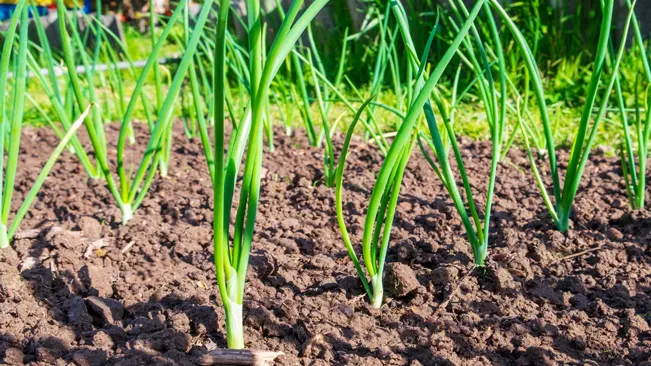
Nutritional Benefits of Onion
| Benefit | Description |
|---|---|
| Nutritional Value | Onions are low in calories but high in vitamins and minerals, notably vitamin C, B vitamins, and potassium. |
| Antioxidant Properties | They are rich in antioxidants, particularly quercetin and sulfur compounds, which help combat inflammation and reduce the risk of chronic diseases like heart disease and cancer. |
| Heart Health | Regular consumption of onions can contribute to heart health by reducing blood pressure and improving overall cardiovascular health. |
| Blood Sugar Regulation | Compounds in onions, such as quercetin and sulfur, may help regulate blood sugar levels, which is beneficial for individuals with diabetes or pre-diabetes. |
| Antibacterial Properties | Onions have antibacterial properties and can help fight against bacteria like E. coli and Bacillus cereus. |
| Digestive Health | They are a good source of fiber and prebiotics, which are necessary for optimal gut health. These components help in digestion and maintaining a healthy gut flora. |
| Bone Density Improvement | Some studies suggest that onions may boost bone density and reduce the risk of osteoporosis, especially in postmenopausal women. |
| Anti-Inflammatory Effects | The antioxidants and compounds found in onions can reduce inflammation, which is beneficial in reducing symptoms of conditions like arthritis or allergic reactions. |
| Cancer Prevention | Studies have shown that regular consumption of onions may be linked to a reduced risk of certain cancers, such as stomach and colorectal cancers, due to their rich antioxidant content. |
| Skin and Hair Health | The high sulfur content in onions can help in building collagen necessary for healthy skin and hair. |
Selecting Onion Seeds
Short-Day Onions
Short-day onions require about 10-12 hours of daylight and are best suited for southern regions.
Georgia Sweet
Known for its sweet flavor, perfect for salads and sandwiches.
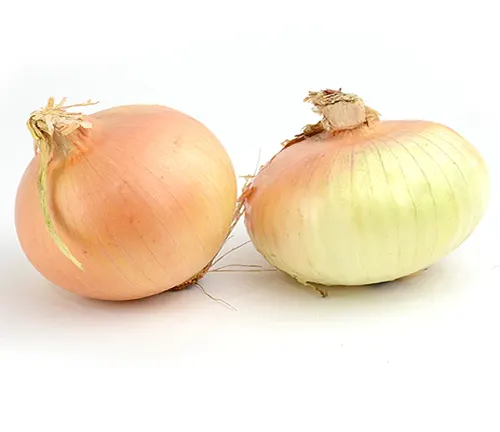
Texas Super Sweet (1015Y)
A very sweet onion, large in size, and has a short storage life.
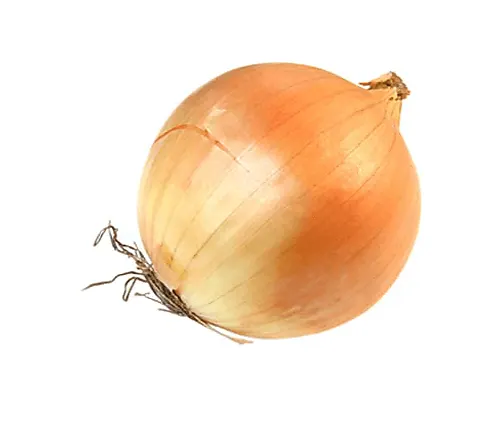
Red Creole
A red onion variety, known for its strong flavor and good storage capability.
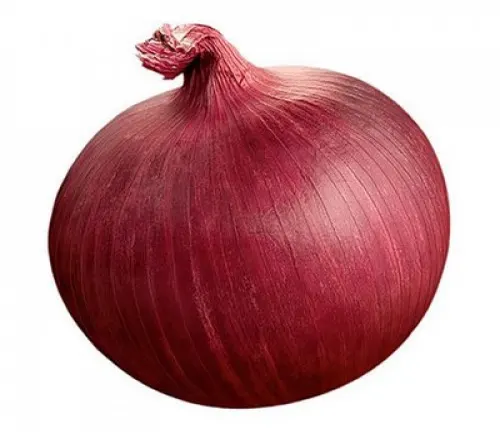
Yellow Granex (Vidalia)
Famous for its mild, sweet taste, often grown in Georgia.
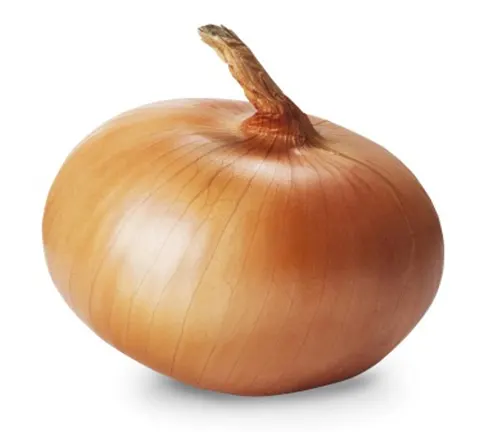
Bermuda Onion
A traditional onion with a sweet, mild flavor.
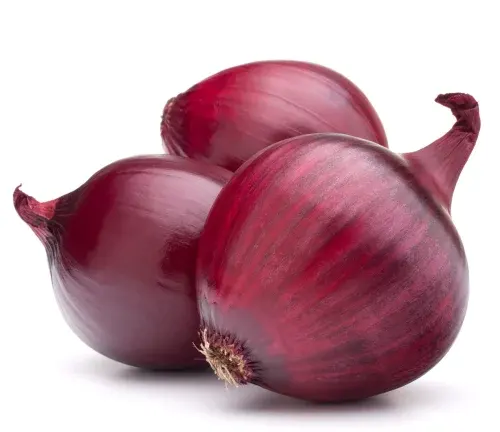
Intermediate-Day Onions
These onions need 12-14 hours of daylight and are suitable for a wide range of latitudes.
Candy
Notably sweet and large, great for both cooking and raw consumption.
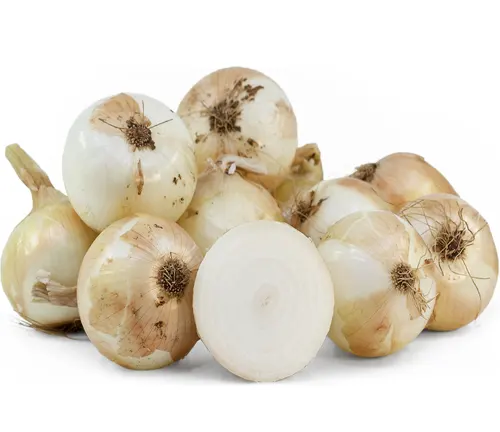
Super Star
A white onion known for its mild flavor and large bulbs.
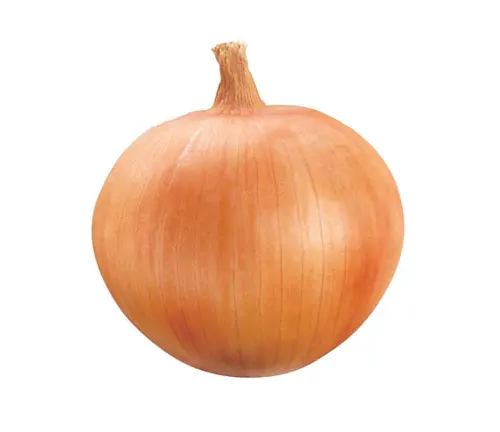
Red Bull
Known for its large size and strong flavor, great for cooking.
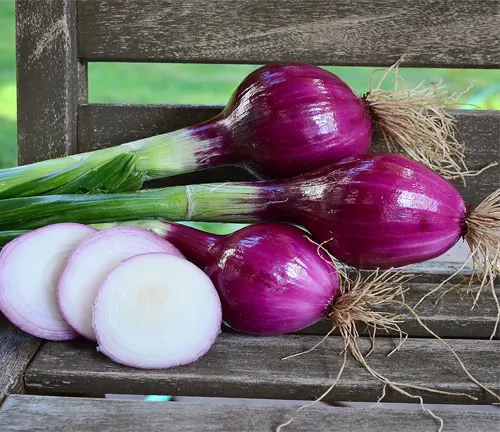
Cabernet
Medium-sized red onion, with a robust flavor and good storage life.

Ciopollini
Small, flat Italian variety, sweet and perfect for roasting or caramelizing.
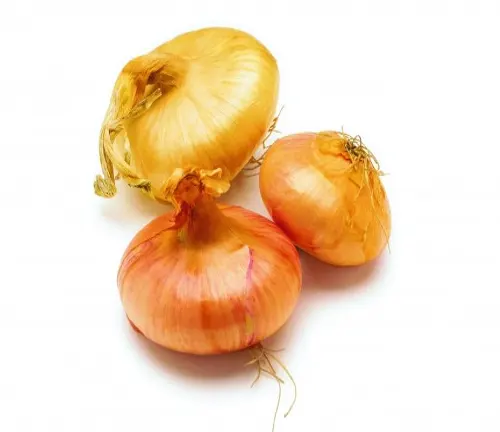
Long-Day Onions
Long-day onions require 14-16 hours of daylight and are ideal for northern climates.
Walla Walla
A famously sweet onion, large in size, with a mild flavor.
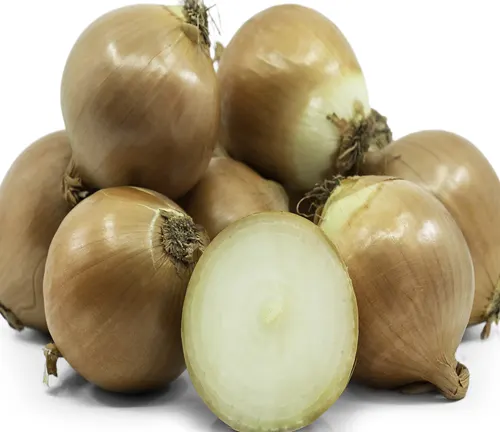
Sweet Spanish
Large, mild, and sweet, suitable for salads, sandwiches, and frying.
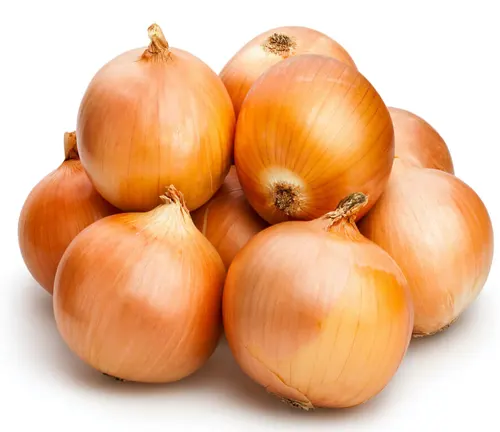
Yellow Globe (or Yellow Sweet Spanish)
A classic onion with a strong flavor, good for storage.

Copra
Renowned for its long storage life and strong, pungent flavor.
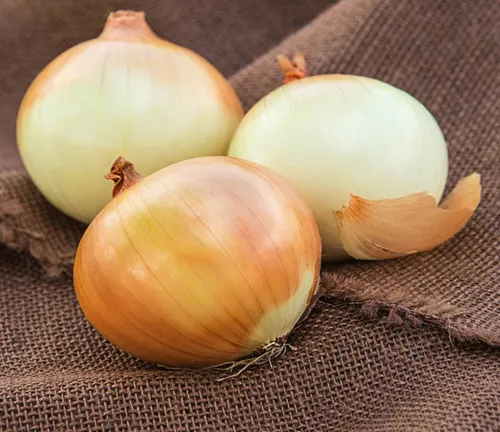
Red Wing
A red onion with a good balance of sweet and sharp flavors, excellent for storage.
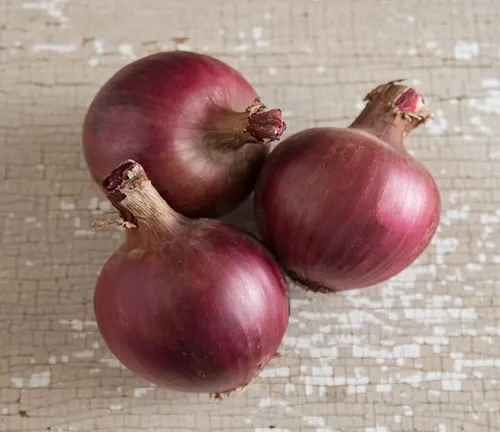
Specialty Varieties
These include unique types that may not strictly fall into the day-length categories.
Pearl Onions
Small and mild, often used for pickling or as a garnish.

Shallots
Small, with a delicate and sweet flavor, used in gourmet cooking.

Leeks
A mild, onion-like vegetable used in soups and stews.
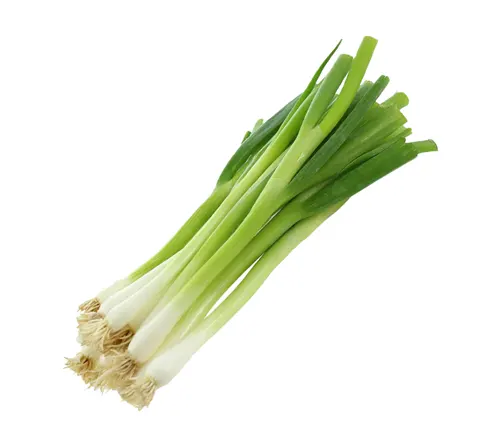
Scallions (Green Onions): Mild and used both for their green tops and white bulbs.
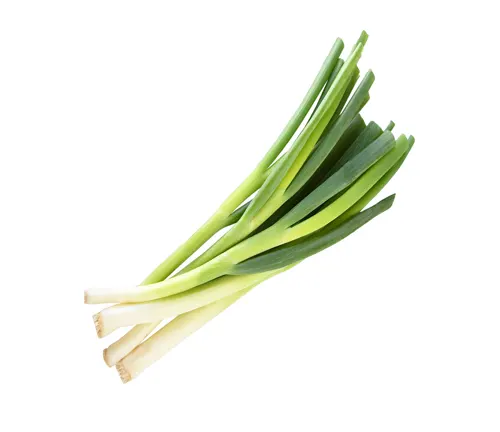
Seed Quality
- Reputable Sources: Purchase seeds from well-known, reputable seed companies or local nurseries. High-quality seeds have a higher germination rate and are less likely to carry diseases.
- Seed Viability: Check the packaging date. Onion seeds are best used within a year of their packaging date, as their germination rate decreases with age.
- Organic vs. Non-Organic: Decide whether you want to go organic. Organic seeds are produced without synthetic chemicals and are a good choice if you aim for an organic garden.
- Disease Resistance: Look for varieties that are resistant to common onion diseases such as downy mildew and pink root, which can improve your chances of a successful crop.
Starting Seeds Indoors
Timing
- Understanding Your Frost Date: The key to timing is knowing your local last frost date. This information can usually be found through local weather services or gardening groups.
- Count Backwards: Start your onion seeds 6-8 weeks before this date. This timeframe gives your seedlings enough time to grow strong enough for outdoor transplanting.
Soil Preparation
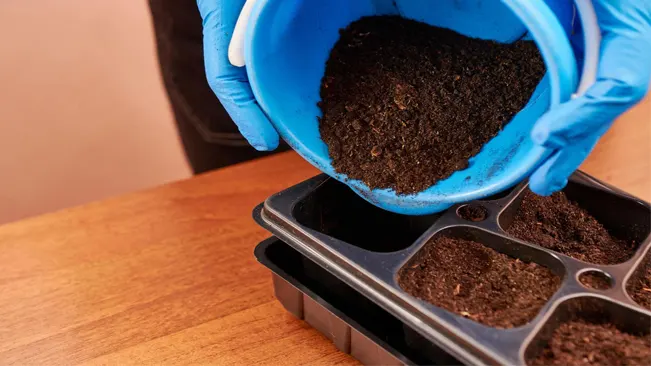
- Seed-Starting Mix: Use a lightweight, sterile seed-starting mix. This mix is designed to provide the ideal environment for seed germination, with good aeration and drainage.
- Container Choice: You can use trays, pots, or even recycled containers, as long as they have drainage holes. Ensure they are clean to prevent disease.
- Moisture Management: The soil should be moist but not wet. Overly wet soil can lead to fungal issues like damping off.
Planting the Seeds
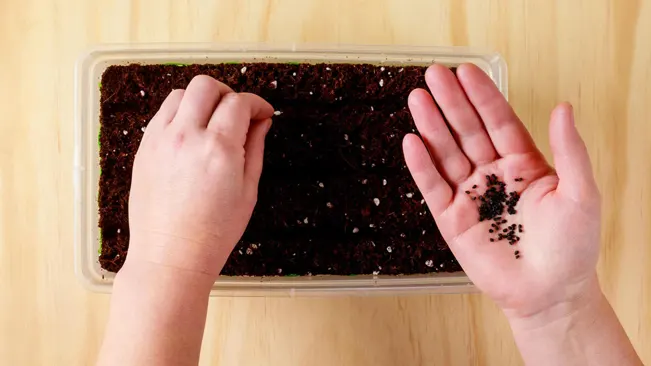
- Seed Depth: Plant the seeds about ¼ inch deep. This depth provides enough coverage to maintain moisture but is shallow enough for the seedlings to emerge easily.
- Spacing: If using trays, sow seeds about an inch apart. This space allows for easier separation during transplanting.
- Watering: Water gently to avoid displacing the seeds. A spray bottle can be useful for this.
Light and Temperature
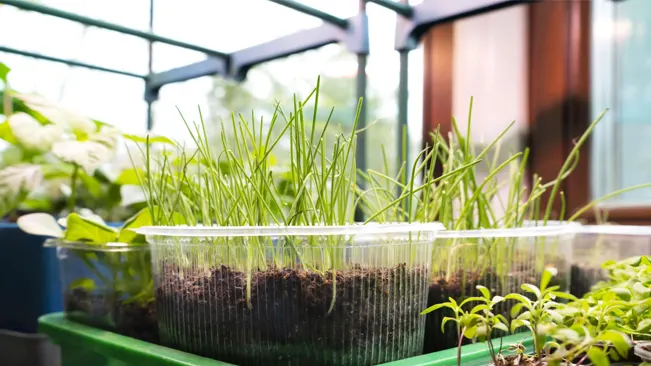
- Light Requirements: Onion seedlings need plenty of light. A south-facing window can work, but grow lights are more reliable, especially in regions with limited winter sunlight.
- Duration of Light: Aim for 12-16 hours of light per day. Consistent light helps prevent leggy, weak seedlings.
- Temperature Conditions: Maintain a steady temperature of around 70°F (21°C). Seed germination is temperature-dependent, and onions prefer this warmer range.
- After Germination: Once seeds have sprouted, you can reduce the temperature slightly to around 60-65°F (15-18°C) to encourage strong, stocky growth.
Monitoring and Care
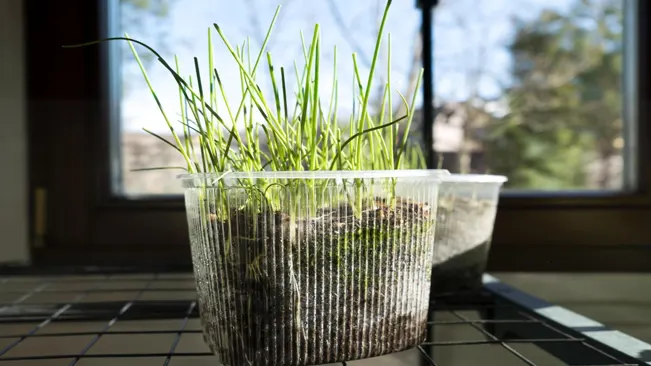
- Watch for Germination: Onion seeds typically germinate in 7-10 days. Keep an eye out for mold or fungal growth and adjust watering if necessary.
- Thinning Seedlings: If seedlings are crowded, thin them to allow the strongest to grow unhindered.
- Rotating Trays: If using natural light, rotate your trays regularly to ensure even growth.
Transplanting Seedlings
Hardening Off Seedlings
Hardening off is a critical process to prepare your onion seedlings for the transition from the protected indoor environment to the outdoors.
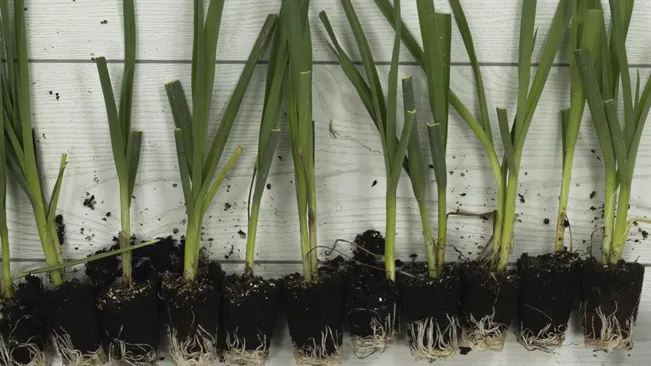
- Start Gradually: Begin about a week before you plan to transplant. Place the seedlings outdoors in a sheltered, partially shaded location for a few hours each day.
- Increase Exposure: Gradually increase the time the seedlings spend outside each day, and slowly introduce them to more direct sunlight.
- Monitor Weather: Be cautious of extreme temperatures or harsh conditions. If the forecast calls for strong winds or frost, keep the seedlings indoors.
- Watering: Continue to water the seedlings regularly during this period. Avoid letting them dry out, but also be cautious of over-watering.
Transplanting Time
Choosing the right time to transplant is crucial for the success of your onion crop.
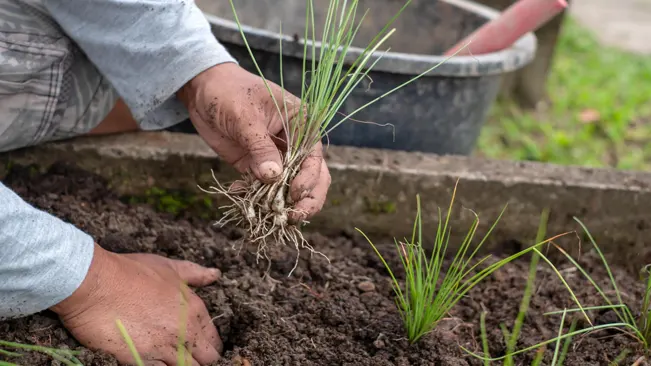
- Seedling Size: The ideal time to transplant is when seedlings are 4-6 inches tall. They should have several healthy leaves and a sturdy appearance.
- Frost Consideration: Ensure all danger of frost has passed. Onions can tolerate cool temperatures, but a hard frost can damage or kill young plants.
- Soil Temperature: Ideally, the soil should be warming up, generally around 50°F (10°C) or higher.
Spacing and Planting Technique
Proper spacing and planting technique are vital for the development of healthy, mature onions.
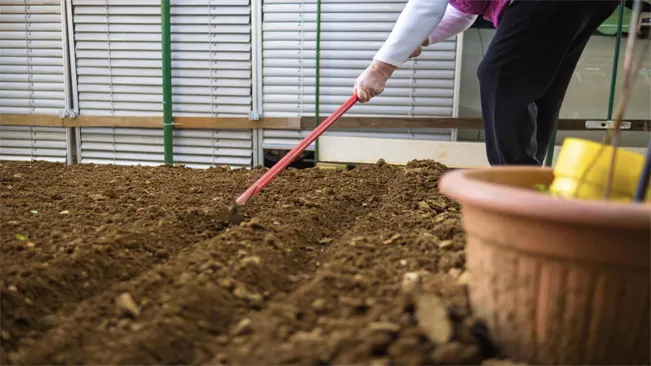
- Spacing: Plant the seedlings about 4-6 inches apart. This spacing allows enough room for the bulbs to develop without competing for nutrients.
- Row Spacing: Space the rows about 12 inches apart. This distance provides enough space for you to walk between rows for weeding and watering without damaging the plants.
- Planting Depth: Plant the seedlings at the same depth they were growing in the containers. Avoid planting too deep, as this can hinder proper bulb formation.
- Watering After Transplanting: Water the seedlings thoroughly after planting to help settle the soil around the roots and reduce transplant shock.
Post-Transplant Care
After transplanting, it’s important to continue caring for the onion seedlings.
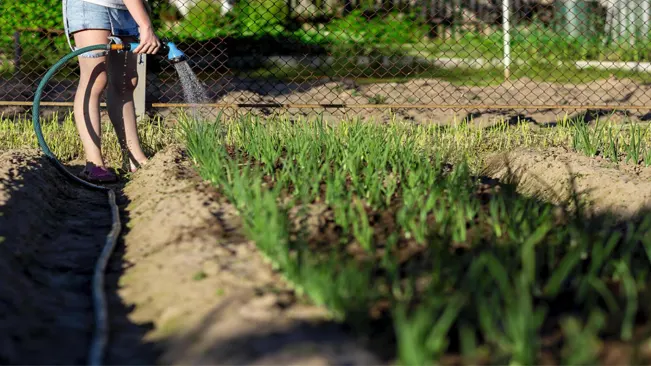
- Regular Watering: Keep the soil consistently moist but not waterlogged.
- Mulching: Consider applying a layer of organic mulch to help retain soil moisture and suppress weeds.
- Monitoring: Keep an eye on the seedlings for signs of stress or pest problems and address them promptly.
Growing Onions in the Garden
Soil Requirements for Onions

- Well-Drained Soil: Onions require soil that allows for good drainage. Poorly drained soils can lead to root rot and other fungal diseases. If your garden has heavy clay soil, consider amending it with organic matter like compost or peat moss to improve drainage.
- Fertility: Onions thrive in nutrient-rich soil. Before planting, it’s beneficial to incorporate a well-balanced organic fertilizer or aged compost into the soil. This provides the necessary nutrients for onion growth.
- Soil pH: Onions prefer slightly acidic to neutral soil, with an optimal pH range of 6.0 to 6.8. You can test your soil’s pH using a home testing kit. If your soil is too acidic (below 6.0), you can raise the pH by adding lime. If it’s too alkaline (above 6.8), adding sulfur or composted organic matter can help lower the pH.
- Soil Preparation: Loosen the soil to a depth of at least 8 to 12 inches to accommodate the growth of onion bulbs. This also helps with drainage and root penetration.
Watering Onions
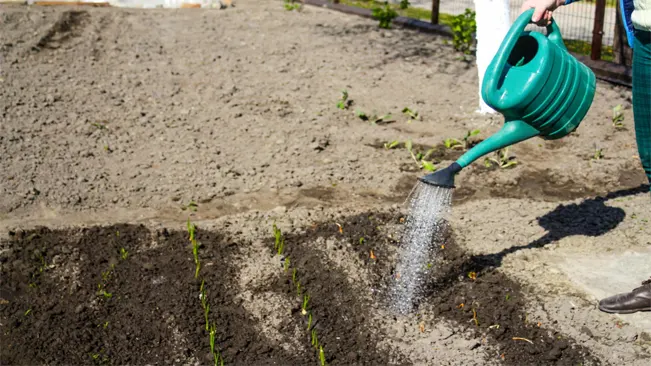
- Consistent Moisture: Onions require consistent moisture to develop well. The soil should be kept evenly moist, but not waterlogged. Inconsistent watering can lead to problems like bulb splitting or poor development.
- Watering Frequency: The frequency of watering will depend on your soil type and weather conditions. In general, onions need about 1 inch of water per week, including rainfall. During particularly hot or dry periods, additional watering may be necessary.
- Watering Technique: When watering onions, it’s best to use a soaker hose or drip irrigation to deliver water directly to the soil, minimizing moisture on the foliage which can lead to disease.
Weeding Around Onions
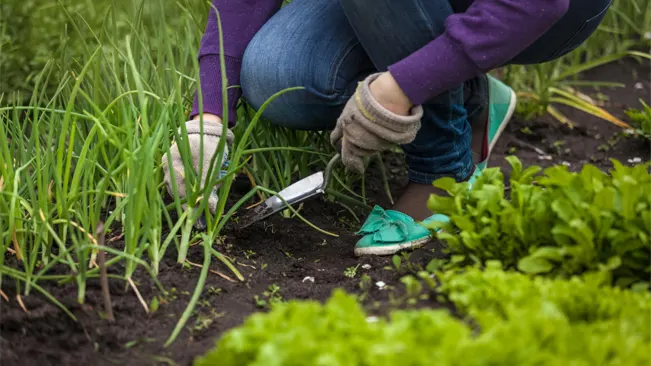
- Regular Weeding: Weeds compete with onions for nutrients, water, and light. Regularly removing weeds is essential for the health of your onion crop.
- Hand Weeding: Hand weeding is often the best method around onions to avoid damage to the onion bulbs and roots. Be gentle to avoid disturbing the roots of the onions.
- Mulching: Applying mulch around the onion plants can significantly help in weed control. Organic mulches like straw or grass clippings not only suppress weeds but also help retain soil moisture and add organic matter to the soil as they decompose.
- Avoid Deep Cultivation: When weeding or cultivating the soil, be careful not to go too deep as you might damage the shallow root system of the onion plants.
Harvesting and Storing Onions
Harvesting Onions
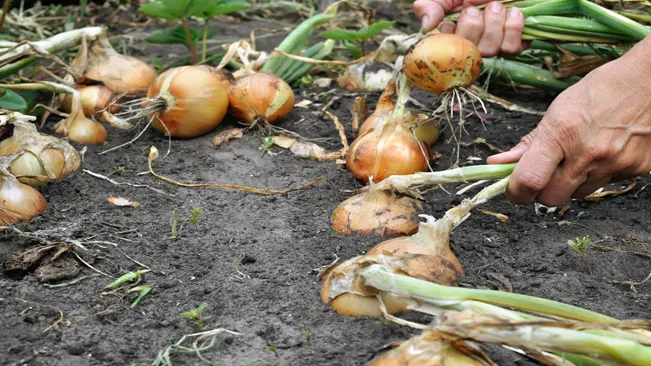
- Timing: The ideal time to harvest onions is when the tops (green parts) start to yellow and fall over. This usually happens in late summer.
- Signs of Maturity: Mature onions will have a fully developed bulb. The skin around the bulb becomes papery and the roots start to wither.
- Method: To harvest, gently lift the onions out of the soil using a garden fork or hand trowel. Be careful not to damage the bulbs, as cuts or bruises can reduce their storage life.
- After Harvest: Once harvested, shake off any loose soil and leave the onions on the ground (if the weather is dry) or in a protected, dry area for a day or two to dry.
Curing Onions
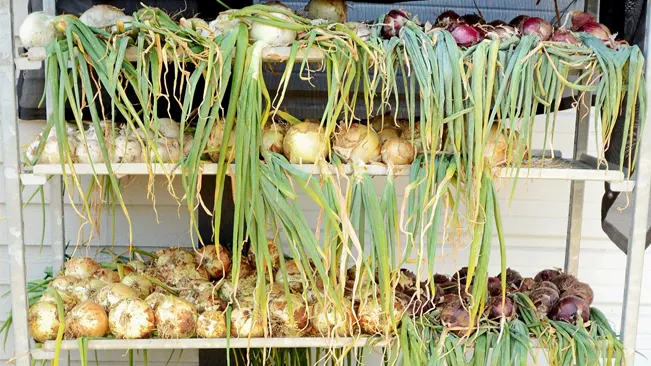
- Purpose: Curing is the process of drying the onions further to prepare them for storage. Proper curing reduces the chance of rot and extends the storage life.
- Process: Lay the onions out in a single layer in a warm, dry, well-ventilated area, like a covered porch or a shed. Avoid direct sunlight as it can scorch the bulbs.
- Duration: The curing process typically takes 2-4 weeks. During this time, the outer layers will become crisp and the necks (the area just above the bulb) will dry and tighten.
- Readiness: You’ll know the onions are cured when the outer skin is papery, and the necks are completely dry.
Storing Onions
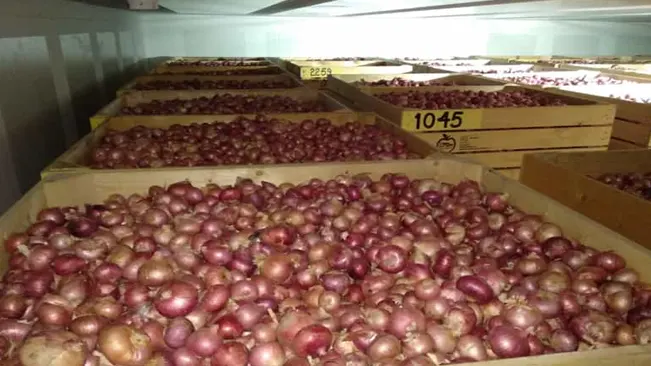
- Ideal Conditions: Store onions in a cool (ideally 40-50°F, or 4-10°C), dark, and dry place with good air circulation. A basement, cellar, or a cool pantry can work well.
- Storage Methods:
- Mesh Bags or Netting: These allow for good air circulation.
- Braiding Tops: For onions with long necks, braiding and hanging them can be an effective storage method.
- Boxes or Baskets: If using containers, make sure they are shallow and provide adequate air flow.
- Avoid Moisture: Keep onions away from moisture, as dampness can promote rot.
- Separation from Other Produce: Store onions away from potatoes and other produce that may emit moisture or gases that can accelerate spoilage.
- Regular Checks: Periodically check your stored onions and remove any that show signs of rot or sprouting to prevent it from spreading to others.
Conclusion
Growing onions from seeds requires patience but is incredibly gratifying. By following these steps, you can enjoy a bountiful harvest of onions right from your garden. Remember, the key to successful onion growing lies in good preparation and consistent care.
FAQs (Frequently Asked Questions)
- What type of onion seeds should I choose?
Choose onion seeds based on your geographic location: short-day onions for southern regions, long-day onions for northern regions, and intermediate-day onions for areas in between.
- When should I start onion seeds indoors?
Start seeds indoors about 6-8 weeks before the last expected frost in your area.
- How deep should I plant onion seeds?
Onion seeds should be sown about ¼ inch deep in the soil.
- Do onions require a lot of sunlight?
Yes, onions need plenty of sunlight. Aim for at least 6 hours of direct sunlight per day.
- How often should I water onion plants?
Water onions regularly to keep the soil evenly moist, but be careful not to overwater.
- When is the right time to transplant onion seedlings outdoors?
Transplant seedlings outdoors when they are several inches tall and after the risk of frost has passed.
- How far apart should I plant onion seedlings?
Space onion seedlings about 4-6 inches apart, in rows that are 12 inches apart.
- What type of fertilizer is best for onions?
Use a balanced fertilizer. Over-fertilization can lead to more foliage at the expense of bulb development.
- How do I know when onions are ready to harvest?
Onions are ready to harvest when the tops begin to yellow and fall over.
- How should I store harvested onions?
After curing, store onions in a cool, dry place with good air circulation. Avoid storing near potatoes, as they can emit gases that cause onions to spoil faster.

Kristine Moore
Forestry AuthorI'm Kristine Moore, a seasoned garden landscaping professional with over 30 years of experience. My extensive career has been dedicated to transforming outdoor spaces into stunning, sustainable landscapes. With a deep understanding of horticulture, design principles, and environmental stewardship, I have become a respected figure in the field, known for creating harmonious, visually appealing, and eco-friendly gardens. My commitment to excellence and continuous learning in landscaping trends and techniques has solidified my reputation as an expert in garden design and implementation.

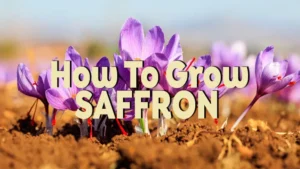
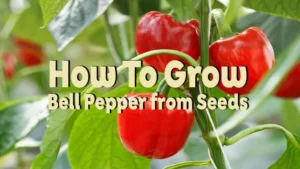
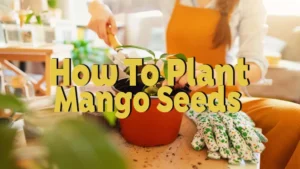
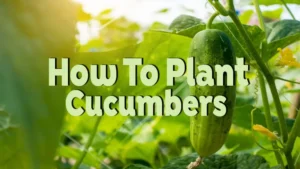
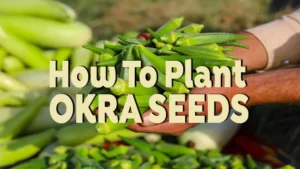
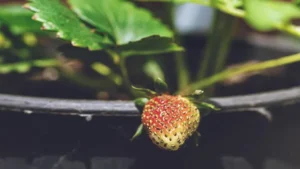
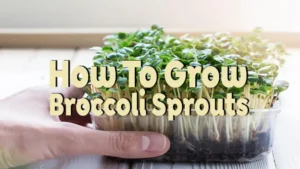
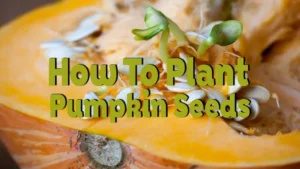
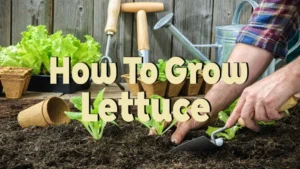
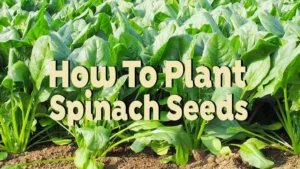
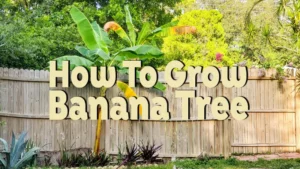
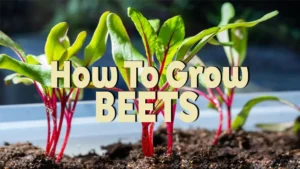
Leave your comment